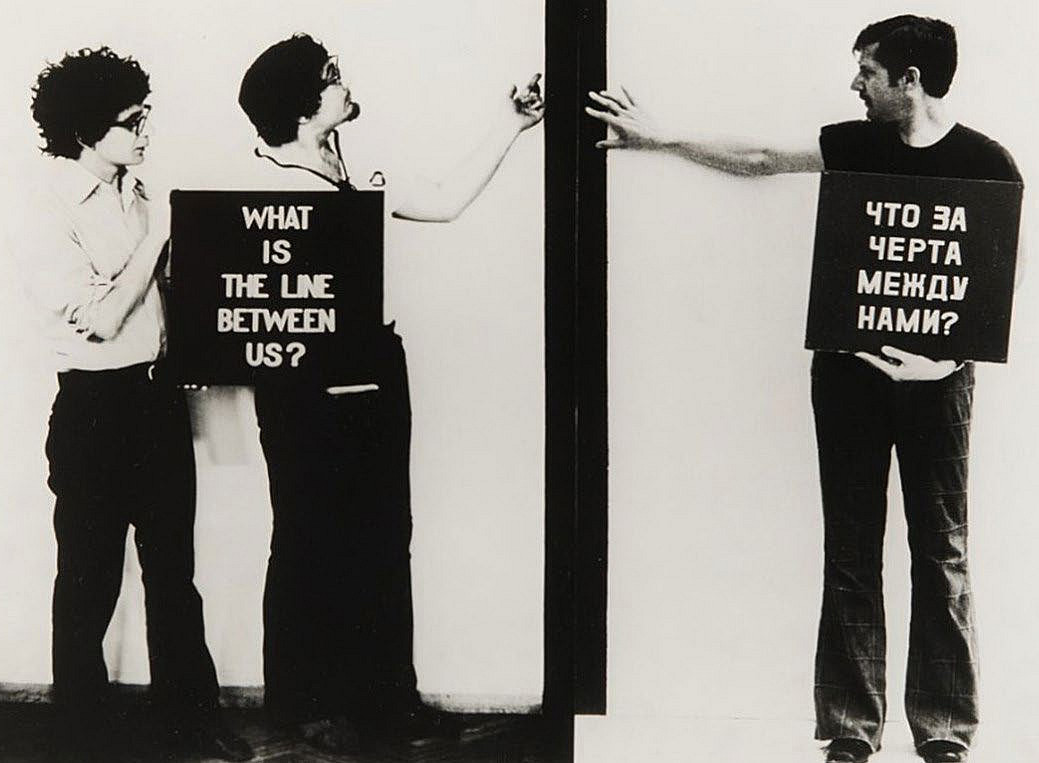Research Workshop of the Israel Science Foundation
Department of Jewish Art, Bar-Ilan University, and the Center for Jewish Studies
May 27-29, 2025
In contrast to the prior North–South division of the European continent, the Enlightenment accentuated the East–West divide. From the eighteenth century on, Western European centers of learning increasingly perceived themselves as models of civilization in opposition to the alleged backwardness and barbarity of the continent’s Eastern regions. In the eyes of the West, Eastern Europe was “the other”: unknown, threatening, inferior, in need of improvement from the superior West. Similarly, the phrase ‘Eastern European Jews’ or ‘Jews of the East’ (from German: Ostjuden) aimed to distinguish acculturated and integrated Jews in West and Central Europe from traditional, backward, Yiddish speaking Jews of the East.
However, the millions of Jews living in Eastern Europe comprised the greatest resource of Jewish life until the Holocaust, where tradition and modernity existed side by side. A vast region stretching between the Baltic and the Black Seas included Hasidim and their opponents—Misnagdim, Diaspora nationalists, Zionists, and integrationists. All of these groups were enveloped in a unique Jewish culture whose emerging currents contributed to form contemporary Jewish consciousness.
The workshop will examine encounters between Eastern European and Western European Jews that challenge and complicate the historical divide, and scrutinize the geographical-cultural dichotomy of “East” and “West”. The cataclysmic upheaval of World War I led to such an encounter. Another one occurred seventy-five years later, after the fall of the Iron Curtain. The end of the Cold War and of communist societies enabled new discourses developing during the 1990s. Western Jewish studies researchers now freely could encounter Eastern European resources and cultures, while Jewish scholars from the East brought new insights to the West.
